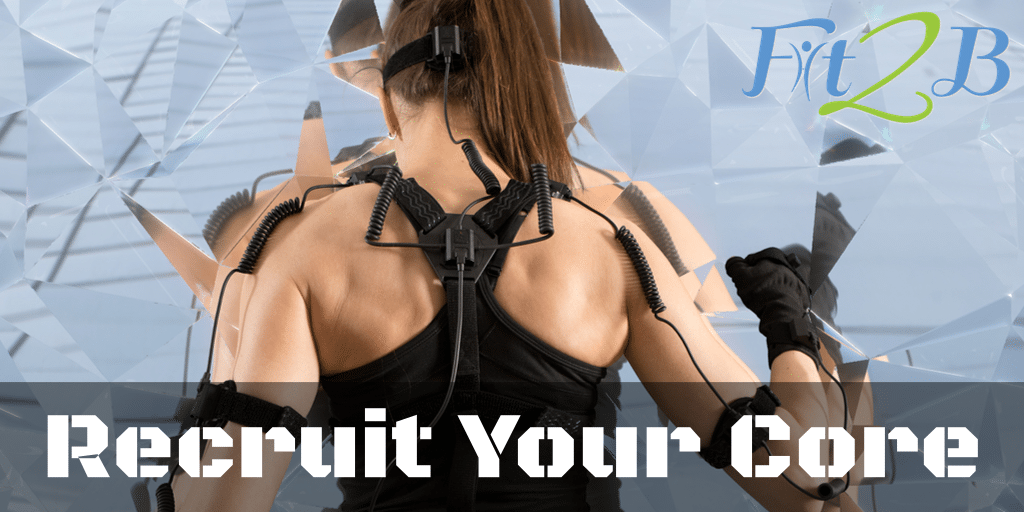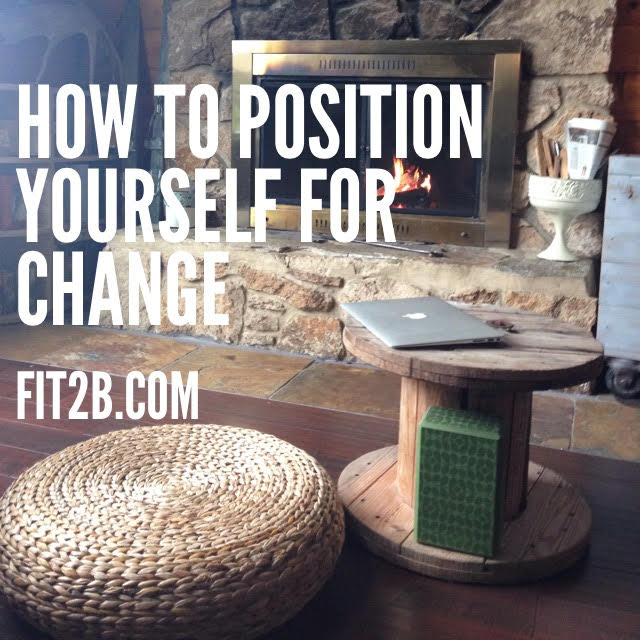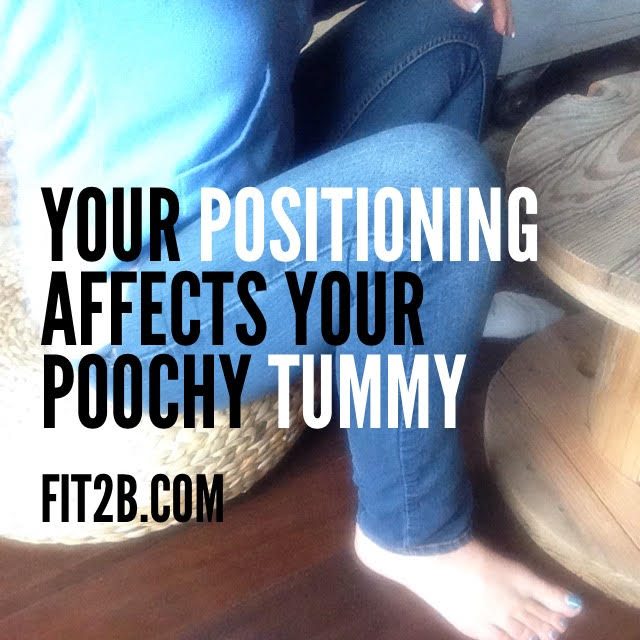Blog
How Your Positioning Affects Your Poochy Tummy
 As I wrap up this 5-blog series on dealing with plateaus in fixing diastasis rectus abdominus (DRA), two things have been a recurring theme: Time and Consistency. Unfortunately, we impatient humans want everything our way, right away with extra pickles, no tomatoes, hold the mayo, right?
As I wrap up this 5-blog series on dealing with plateaus in fixing diastasis rectus abdominus (DRA), two things have been a recurring theme: Time and Consistency. Unfortunately, we impatient humans want everything our way, right away with extra pickles, no tomatoes, hold the mayo, right?
However, narrowing a diastasis (and getting it to stay that way) requires time and consistency with your nutrition, chemistry, and movement mechanics. And to be a good mechanic, you need the right tools.

Before I share my ideas with you about how you can position yourself to effect positive changes in your belly, let me briefly review what we’ve already covered in this “Unclosed Core” series:
- Click here to read my introduction of the concept of GIVING yourself GRACE and enough time to heal your diastasis recti.
- Read Part 1 which discusses plateaus and why it’s not the size of your gap that matters so much as the strength of it.
- Part 2 scratches the surface of how your internal chemistry plays a role in narrowing or holding open a healing gap, discussing things like hormones, supplements, and herbs.
- If you want to understand how your emotions affect your diastasis recti, read Part 3 in which I share my raw story of dealing with severe anxiety and being on meds prior to launching Fit2B.
- Here in Part 4, I’m tackling the biomechanical aspect of narrowing separated abs, because the way we move {mechanics} in our daily life {bio} beyond the 15 or 30 or 75 minutes we spend “exercising” has a huge, massive, major, ginormous, all-the-big-words-that-indicate-large effect on your healing process.
First, a falsehood: if you can’t see it, it’s not happening.
The technology to witness facial fibers reknitting and regenerating at the microscopic level via time-lapse photography didn’t exist until recently, thus the slow speed of healing escaped notice because our human eyes couldn’t see it. Perhaps that’s why people thought that fascia couldn’t heal. Perhaps that’s why so many women are still told surgery is the only option …
So, with modern research allowing sharp minds like Tom Meyers of Anatomy Trains {whose online continuing education programs are amazing} to study fascial regeneration and determine what slows it down and what speeds it up, we can apply this encouraging information to our own cores!
Now, some truth:
Form follows function follows form. Sound familiar? The way you relax, stretch, stress, release, challenge, exercise, align, and load your bones, muscles, and fascia will affect your connective tissue. Then the strength and flexibility of your various tissues affects how you move, stretch, align, and continue to stress your body. It’s a circle. And you can change it.
In the “Fascia in Movement” course I took from Anatomy Trains, Meyers discussed how we aren’t 600-and-some-odd muscles in separate pockets of fascia; our bones and muscles are floating in a single ocean of fascial matrix that holds it all in place, transferring loads and energy to the appropriate places up and down the kinetic chain and along myofascial meridians. The centermost meridian happens to be right smack-dab in your linea alba, which is the band of thick raphe {connecting ridge} that holds your abs together in the middle of your whole body!
Just like our fascial integrity — or as Meyers calls it, our tensegrity — affects our ability to move well, we can affect our fascial matrix by HOW we move! We can choose better movement which will then lay down better fascia!
And whaddaya know? Movement is my speciality!
Throughout your whole day — not just during your time on Fit2B with our alignment-based workouts — you can create the biomechanical stimulation needed to nudge your fibroblasts to lay down new, thicker fascia in your linea alba and elsewhere by how you recruit your core. Or, you can facilitate further damage. Again, form affects functions affects form.
The direction you move is the direction your fascia heals … or doesn’t heal.
Am I saying you must move perfectly, align perfectly, sleep perfectly, breathe perfectly — good grief — even sneeze perfectly all day, every day?
Seriously, I’ve written about how you can cough and sneeze better when you are dealing with DRA in the midst of being sick with a cold.
But NO, you don’t have to get yourself perfect all the stinkin’ time to heal, but you also can’t get around the truth that whatever you do the most wins.
If your mechanics have you slouching and stooping more often than staying in proper alignment, then slouching wins … which is a bummer because slouching puts a LOT more pressure against a healing linea alba which moves it apart. We don’t want to move it apart; we want to move it together!
Together is the direction of healing.
And there are sooooo many motions and methods that can help a loose linea alba regain enough tension to pull your abs back together, which then allows it to thicken and bond in that closer position. Then with even more time and consistency, that thicker fascia pulls and knits your abs even closer, and then it thickens more! As we continue to MOVE our bodies in directions that encourage complete closure, our fascia responds and moves with us!

Now for a word picture {I love analogies}
Your fascia is like half-dried wood putty glue. When my dining table chair has a split in one leg, I don’t just glue it and then sit on it immediately! No, I acknowledge the stress that caused the fracture, lecture the children on never leaning back like that again, squeeze a bunch of glue into the fissure, apply some clamps to hold the broken bits in alignment, and I set the chair aside to allow the mess enough time to dry and reseal. Then I test the chair before applying my full weight on it again, and if it shows any sign of resplitting, the children get another lecture on respecting property, and more glue, more clamping, more time is given.
Dear Sweet Jesus, why can’t we be as gracious with our own bodies as we are with other broken things? Why do we think that straining is the key to strength? Why do we pressure ourselves into more pieces when we’re already broken? Please let those reading this see that the Master Mechanic has given us so many tools and materials to find the functional core that makes us better moms, wives, volunteers, and workers in this world.
 Just a few things that move fascia
Just a few things that move fascia
You — This is the obvious one, and I’ve pretty much already said it: your movement or lack thereof is moving {or not moving} your abdominal fascia right now. The mechanics of your position this very moment are either helping or hindering your progress. You just re-aligned yourself, didn’t you
Your Environment — Your work areas, your living room, your bathroom, your shower, your kitchen … are they set up to encourage good movement mechanics or just more compensation patterns — slouching, jack-knifing, tail-tucking, and all the positions that worsen a diastasis recti and other injuries? Please take time to read my article about Healthy Home Updates that facilitate good mechanics.
Your Rest — Stimulation happens during our waking hours, but your body’s rebuilding in reaction to that stimulation happens while you’re getting some shut-eye. If you’re not getting enough sleep because your melatonin and serotonin are off, that goes back to the chemical aspect of core restoration which we discussed in Part 2.
Your Tools — My husband is a mechanic. He has a lot of tools. When something is broken, and he somehow doesn’t have the right tool to fix it, he happily goes shopping for it. Both he and my son get very distressed when they can’t find the right tool to fix whatever is broken. Do you have the right tools to fix your diastasis recti?
- A quality wrap to splint your abs is good for those with a DRA that’s too deep and wide to get a grip on itself. In her Core Integrations course, Kelly Dean covers how to use rock tape for the last bit of closure. Her method is minimalist and won’t use a roll every day. Find my thoughts on splinting here + which ones I recommend.
- Certain fitness props like bolsters, foam blocks, and foam rolls can be awesome assistants in our journey to release the tight “rusty” places that ruin our range of motion. I’ve taken the time to outline 9 Home Fitness Props that don’t cost much; and when you leave them lying around your house, your family plays with them too — bonus! Investing in a good bolster can help your fascia in so many ways via restorative poses like I show you in this routine here.
- Laser therapy — Okay, the truth is I have yet to hear of anyone using laser therapy for diastasis. I had some done on my knee after having my meniscus repaired, and it helped a lot! Perhaps they’re concerned about using it around the abs, but I just can’t help but hope to read something soon about laser therapy being used to help diastasis recti. If you know of someone using it, please leave a comment!
Of course, if your DRA is already well on its way to healing, you don’t need to fret and obsess about getting more tools, more rest, more exercise, more supplements, and all that — because what you’re doing is working.
You don’t need to obsess, period. You just need to continue to put in the time and be consistent.
Functionality — more than a measurement
Don’t forget, we’re chasing integrity and functionality of the fascia that holds you together in the middle as our measure of healing. We are not chasing a certain width, although a shallow 1-FW is the ideal. If your middle is really muddled by a 2 1/2 – 3FW+ diastasis recti that lets you palpate your organs, then it’s hard to function because your abs lack integrity. However, many people do indeed live without symptoms of pain, leaking, weakness, and lack of coordination with some residual separation.
I cannot seem to heal my diastasis from about two fingers above my belly button up (I hope that makes sense). I’m not sure what else to do…I’ve been doing the F5 and a lot of the other ab rehabilitation exercises but it doesn’t seem to be helping that part of my tummy. Ideas?” —Moriah P.
Many women share frustrations like the lady in the quote above, but as I keep communicating with them, they often reveal that they aren’t having any other issues; their leaking and pain are gone, their fascia is thickened, and their tummy pooches have diminished considerably. They’re just obsessing about the width of their DRA, thinking it equates to an even flatter tummy or even more energy. Maybe it does, but numbers never tell the whole story.
Diane Lee is considered by many of my colleagues to be the world’s foremost physiotherapist on the topic of DRA. This video that she posted on Facebook shows her evaluating a diastasis recti for how functional it is, proving how someone can have diastasis rectus abdominus and still be able to recruit their core.
In our self-check videos here on Fit2B, my personal physical therapist Kelly Dean talks about “The Big Picture” of healing a DRA in the second, longer video that I really hope you’ll take time to watch, if you haven’t yet done that.
In Conclusion
To sum it all up, it’s no longer about doing ripping and shredding workouts to get our bodies back … Hello! Just those very words should indicate that those fitness styles won’t fix a muddled middle. Rather, it’s about nourishing and replenishing and restoring what was there all along.

If you move your body in ways that benefit your core and pelvic floor, get enough rest and relaxation, feed yourself more of the things that encourage the creation of new fascia “ingredients” in your body, and figure in your hormones, then your “gap” will close as much as it’s going to close {because a small gap can be functional – See Part 1}.
Meanwhile, let me and Fit2B help you establish some basic movement mechanics. Become a member for a few months and put some time and consistency toward learning the proper alignment, breathing, and yummy moves that nurture your core back together, not further apart.
Not ready to join but still want a piece of Fit2B?
Click here to see our sample routine marked in red on our alphabetized list of workouts. Click here to take our Foundational 5+ course which gives you access to 9 routines throughout 14 structured lessons; what a great way to jump-start your fitness!


Pingback: Why I Disagree with Banning the Word "Broken" | Fit2B Studio
This was one of the best most uplifting and encouraging websites I’ve found on Diastasis. Thank you so much for enlightening and empowering others
Pingback: Eliminate the Pain of Wrapping Gifts | Fit2B Studio